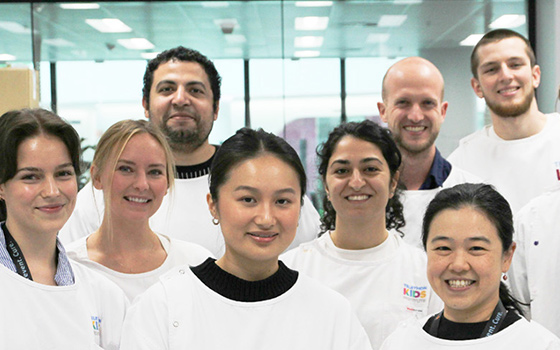Our focus is on developing safer, more effective childhood cancer treatments to reduce, or ideally eliminate, the need for harsh chemotherapies and radiotherapies.
Across the team, we work on brain cancer, sarcoma, leukaemia, and neuroblastoma.
Cancer causes more childhood deaths in Australia than any other disease. Children who survive, suffer detrimental life-long side effects that are unavoidable consequences of current toxic radiotherapies and chemotherapies.
The group comprises postdoctoral researchers, research assistants, computational biologists, and students working closely with clinical teams at Perth Children’s Hospital. The primary focus is developing effective and safer immunotherapies and personalised medicines for childhood cancers.
Immunotherapy is an exciting cancer treatment that works by engaging the body’s own immune response to fight the cancer. Immunotherapy has fulfilled this promise for adults with extraordinary results in some cancers. But sadly, the development of immunotherapy treatments for children falls far behind.
Personalised medicine involves performing detailed genetic analyses of individual children with cancer and using the information gained to treat them with drugs that are precisely targeted to the individual tumour.
Group members have established world-first, child-specific cancer laboratory models for each cancer type researched across the WA Kids Cancer Centre. In addition, they bring expertise in the processing and analysis of clinical patient samples. Our computational biologists are uniquely trained in analysing the huge volume of genetic data generated by our teams in our search to discover new treatments.
Specific examples of our research projects include:
- Developing personalised medicines for curing adult and childhood high-grade glioma (HGG), including glioblastoma in adults and diffuse intrinsic pontine glioma (DIPG) in children. These cancers continue to have a tragic outcome, with most patients dying within 2 years of diagnosis. There has been very little improvement in the prognosis for HGG patients for over 30 years and standard treatments simply do not work. There is a critical need for more effective therapeutic options. We are particularly interested in targeting ion channels, which are pore-forming proteins that control the flow of small, charged molecules (like potassium) in and out of the cell, as we believe they cause resistance to current high grade glioma therapies.
- Identifying genetic and immune signatures linked with response to therapy in children with high-risk neuroblastoma. Neuroblastoma is a complex childhood cancer of the nerve cells and the most common solid tumour in children outside the brain. The average age of diagnosis is just 1-2 years old; tragically, 20% of children lose their battle within five years.
Team members (9)
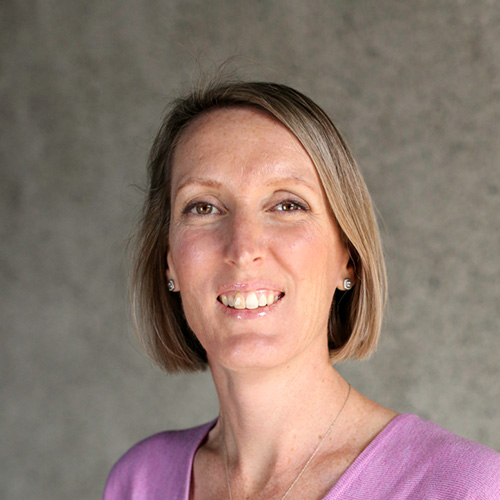
BSc (Hons), PhD
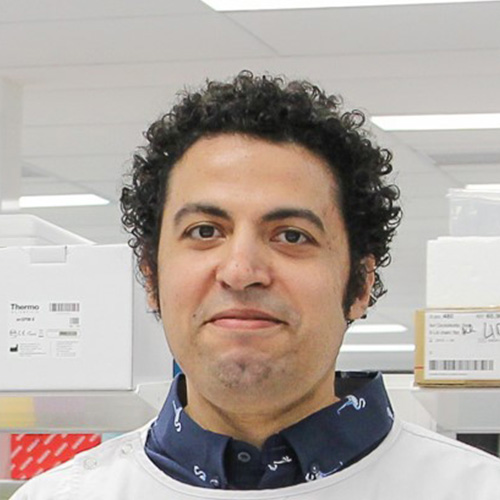
BSc, MSc, PhD
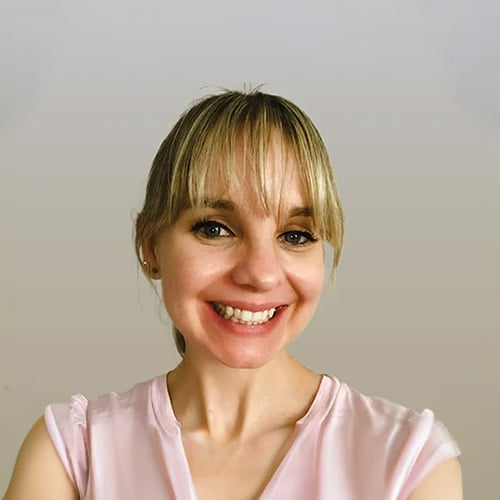
BSc (Hons) MRes PhD
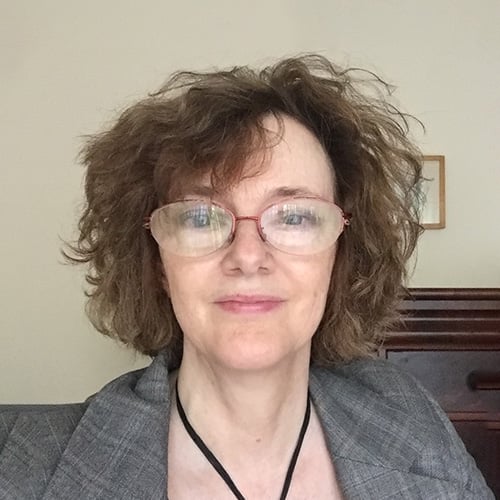
Bsc Hons (Physics), PhD
Computational Biologist, Cancer Centre

Jenny Truong
Research Assistant

Jorren Kuster
PhD Student

Samantha Barnes
PhD Student

Terrance Johns
Honorary Researcher

Bree Foley
Honorary Researcher
Cancer Immunology and Biology projects
Featured projects
Kids are not small adults, Identifying age-dependent drug targets in paediatric oncology
Cancers in children are very different to cancers in adults. However, most therapeutic strategies are designed explicitly for adult cancers, and then used in children if proven safe.
Developing new immune based therapies for neuroblastoma
Neuroblastoma is a complex childhood cancer of the nerve cells and the most common solid tumour in children outside of the brain. The average age of diagnosis is 1-2 years and tragically 50% of children with high-risk neuroblastoma lose their battle within five years.

